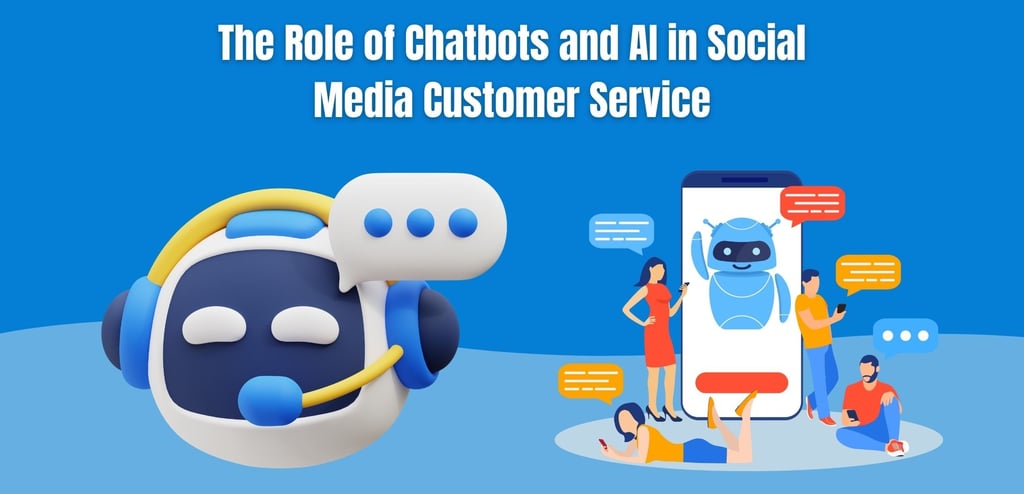
Drip Email Campaigns Nurturing Leads for Long-Term Engagement
By AZ Konnect Team
12/17/20246 min read


In the fast-paced world of digital marketing, building and maintaining meaningful relationships with potential customers is essential for long-term success. One of the most effective strategies for nurturing leads and keeping your audience engaged is through drip email campaigns. These automated, strategically timed emails help businesses stay in touch with prospects and gradually guide them through the buyer’s journey.
Drip email campaigns are not just about bombarding people with messages; they’re about delivering the right content to the right people at the right time. When executed well, a drip campaign can build trust, educate your audience, and lead to higher conversions over time.
In this blog post, we'll dive into what drip email campaigns are, their benefits, and how to create a successful drip email strategy to nurture leads and drive long-term engagement.
1. What is a Drip Email Campaign?
A drip email campaign is a series of pre-written, automated emails sent out over a specific period to a targeted group of recipients. These emails are "dripped" out at set intervals or triggered by specific actions that the recipient takes, such as signing up for a newsletter, downloading a resource, or leaving items in an online shopping cart.
The key goal of a drip email campaign is to keep leads warm by maintaining regular contact without overwhelming them. Unlike one-off promotional emails, drip campaigns are carefully planned sequences designed to provide value, offer solutions, and slowly nurture leads toward making a purchase or taking a desired action.
2. The Benefits of Drip Email Campaigns
Drip email campaigns offer numerous advantages for businesses looking to engage with their audience over time. Here are some of the key benefits:
1. Personalized Customer Experience
Drip campaigns allow you to deliver personalized content based on the actions and interests of each lead. By segmenting your audience and tailoring the messaging, you can address specific needs and provide relevant information, making the interaction feel more personal and less like a mass marketing effort.
2. Build Trust and Authority
Consistent communication with your leads through valuable and informative content helps build trust. As prospects receive useful tips, insights, and resources over time, they come to see your brand as an authority in your industry. This trust increases the likelihood that they'll turn to your business when they’re ready to make a purchase.
3. Keep Leads Engaged
It’s easy for leads to lose interest if they don’t hear from you regularly. Drip email campaigns ensure that you stay top of mind by keeping a consistent flow of communication. Even if a lead isn’t ready to buy right away, these timely emails will help them stay connected to your brand and remember you when the time is right.
4. Improve Conversion Rates
Drip campaigns nurture leads gradually, guiding them through each stage of the buyer’s journey. By delivering targeted content that addresses their pain points and answers their questions, you can build the trust and credibility needed to convert leads into paying customers. According to research, drip emails generate 80% more sales at a 33% lower cost than traditional email marketing campaigns.
5. Automation and Efficiency
Once your drip email campaign is set up, it runs automatically, saving you time and effort. Automation allows you to focus on other aspects of your business while your email marketing continues working in the background, nurturing leads and driving engagement. This efficiency makes drip campaigns an excellent choice for small teams or businesses looking to scale their marketing efforts without added labor.
3. How to Create a Successful Drip Email Campaign
A well-designed drip email campaign can significantly enhance your ability to engage leads over time, but it requires careful planning. Here’s a step-by-step guide to creating a drip campaign that nurtures leads and keeps them engaged.
1. Define Your Goals
Before you begin writing your email sequence, it’s crucial to define the specific goals of your drip campaign. Are you looking to nurture leads toward a purchase, increase webinar sign-ups, or onboard new users to a product? Understanding your objectives will shape the content and tone of your emails, ensuring that each message contributes to your overarching goal.
2. Segment Your Audience
Effective drip campaigns are tailored to the specific needs and interests of your audience. Start by segmenting your leads based on factors such as demographics, behavior, or where they are in the buyer’s journey. For example, a lead who just subscribed to your newsletter may receive a welcome series, while a lead who abandoned their cart could receive reminders to complete the purchase.
By targeting specific segments, you can deliver relevant content that speaks directly to each group’s unique needs.
3. Map Out the Customer Journey
To create a logical email sequence, think about the typical path that a lead takes before making a purchase. Map out the different stages of the customer journey—awareness, consideration, decision—and create content that aligns with each phase. For example:
Awareness:
Introduce your brand and provide educational content to establish credibility.
Consideration:
Offer case studies, testimonials, or product comparisons to help leads evaluate your solution.
Decision:
Provide incentives like discounts, limited-time offers, or free trials to encourage conversion.
Each email in the drip campaign should move the lead closer to making a decision.
4. Craft Compelling Content
The success of your drip campaign largely depends on the quality of the content. Each email should deliver value, whether it's solving a problem, answering a question, or offering exclusive insights. Avoid overly promotional messaging early in the campaign; instead, focus on building trust through helpful, informative content.
Consider different content types to keep the emails engaging, such as:
Educational articles or blog posts
Whitepapers or eBooks
Video tutorials
Customer testimonials or case studies
Exclusive offers or discounts
Additionally, each email should have a clear call to action (CTA) that guides the recipient toward the next step, whether that’s reading a blog post, signing up for a webinar, or scheduling a demo.
5. Set the Right Timing and Frequency
Timing is everything in drip email campaigns. You want to send emails frequently enough to stay top of mind but not so often that you overwhelm your leads. The ideal frequency depends on your audience and goals, but as a general rule, space the emails a few days to a week apart.
The trigger for each email is equally important. Drip emails can be triggered by specific actions, such as:
Signing up for a newsletter
Downloading a resource
Abandoning a shopping cart
Not interacting with your content for a period of time
Automated triggers ensure that leads receive the right message at the right time, keeping them engaged in a personalized and relevant way.
6. Test, Analyze, and Optimize
A successful drip campaign isn’t static—it evolves based on performance data and user feedback. Use analytics to track key metrics such as open rates, click-through rates, and conversion rates. This data will help you identify which emails are performing well and which may need tweaking.
Don’t hesitate to A/B test different subject lines, content, CTAs, or send times to optimize performance. Continuous testing and improvement ensure that your drip campaign remains effective over the long term.
4. Common Types of Drip Campaigns
Drip campaigns can be tailored to a wide range of objectives. Here are some of the most common types:
1. Welcome Series
The first interaction with a new subscriber is crucial. A welcome series drip campaign introduces new leads to your brand, sets expectations, and offers resources to help them get started. It’s also an opportunity to showcase your value proposition and build a relationship from day one.
2. Lead Nurturing Campaign
This type of drip campaign is designed to guide leads through the buyer’s journey, delivering content that addresses their pain points and educates them about your solutions. Lead nurturing campaigns build trust and credibility, gradually encouraging leads to take action.
3. Re-engagement Campaign
Sometimes, leads go cold or disengage over time. A re-engagement campaign aims to win them back with targeted content, exclusive offers, or incentives that remind them of the value you offer.
4. Abandoned Cart Campaign
In eCommerce, abandoned carts are a common occurrence. A drip campaign triggered by an abandoned cart can send reminders to customers, offer discounts, or provide additional product information to encourage them to complete their purchase.
Conclusion
Drip email campaigns are an essential tool for nurturing leads and building long-term engagement. By delivering timely, personalized content that aligns with the customer’s journey, businesses can stay connected with their audience, build trust, and ultimately increase conversions.
The key to a successful drip campaign is understanding your audience’s needs and creating a well-thought-out sequence that provides value at every stage. With careful planning, compelling content, and regular optimization, drip email campaigns can become a powerful driver of growth and customer loyalty for your business.
Subscribe To Our Newsletter


